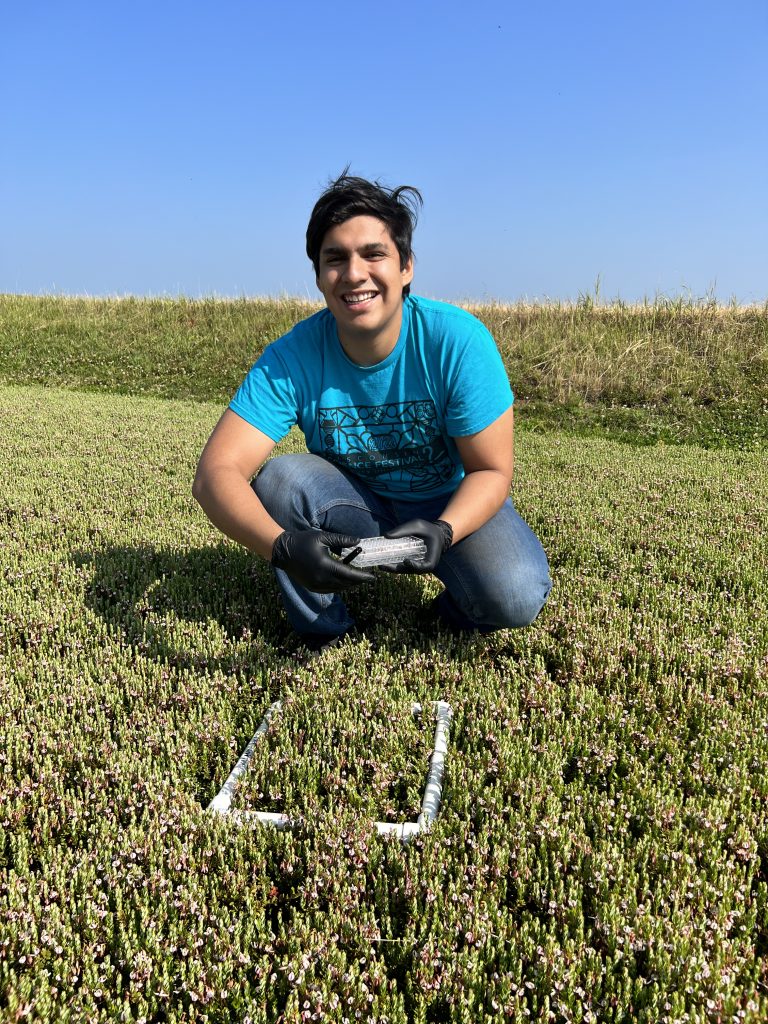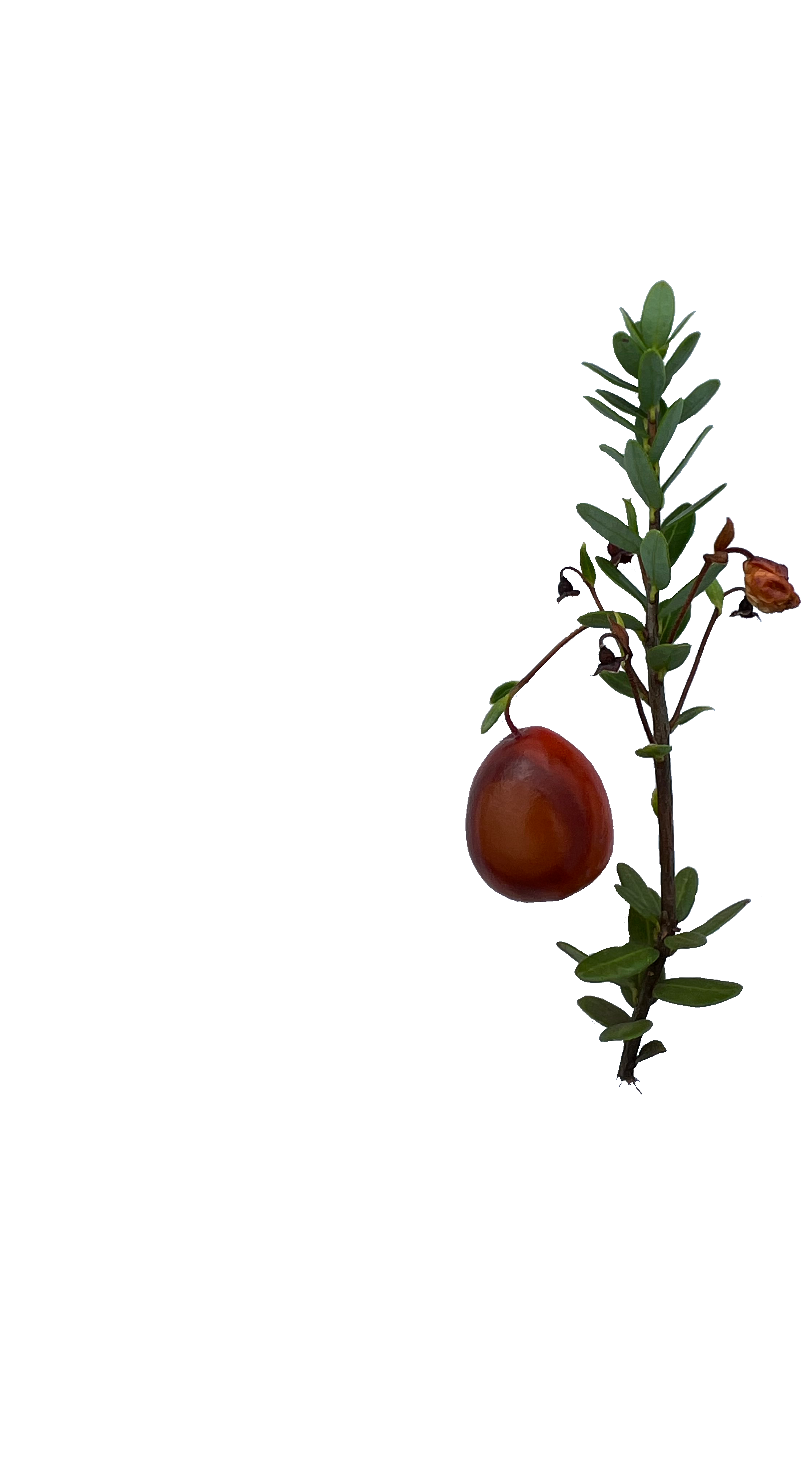
Position: PhD student in the Fruit Crop Pathology Lab, Plant Pathology Department
Location: University of Wisconsin-Madison
What is the project you’re working on for SAME about?
I am currently working on multiple projects for SAME, collaborating with different groups on the pathological aspects of various experiments. My main project focuses on understanding the fungal community dynamics across different phenological stages of cranberry fruits. We are analyzing how fungal communities differ from flowers to green fruits to mature fruits and comparing two commonly used cranberry varieties in Wisconsin. I am also collaborating with the physiology group to evaluate the impact of sunlight stress on berries and its potential role in cranberry fruit rot development. Our main goal is to gain a deeper understanding of how cranberry fruit rot develops in the field and to offer potential solutions for managing this significant disease.
What is something you like or find most interesting about your work?
I love that, despite many years of research—since cranberry fruit rot was first associated with fungi in 1889—we still don’t fully understand the etiology of the disease. There are many open questions and numerous factors at play, making cranberry fruit rot a fascinating and mysterious system to study. I also enjoy going to the field during different stages of the growing season, experiencing fruit development firsthand, and, of course, harvesting.
What are some challenges in your project?
The challenge of working with a poorly understood disease is that while everything you discover is new, there is little preliminary information to guide your research. This lack of background makes it harder to design experiments. Additionally, cranberries pose technical challenges in the lab, especially for molecular techniques. They contain high levels of antioxidants, phenolics, and pigments, which are excellent for human health but complicate lab work.
What do you hope to do in the future after your work here?
I hope to continue researching plant-microbe interactions. I am fascinated by how plants establish ecological interactions with bacteria and fungi to support various biological functions. My goal is to develop a research program focusing on recognition of pathways between beneficial and pathogenic microorganisms. This research is not only important for advancing basic science but also has practical applications for agriculture and natural ecosystems. By better understanding how these relationships are established and maintained, we can use them to our advantage while also helping to preserve balance in natural ecosystems.
Anything else you would like to add?
As an international student from Mexico, working with this unique crop has been an incredible experience. I’ve had the chance to visit various places in Wisconsin where cranberries are a central focus.
This opportunity has helped me appreciate the importance of considering how your science impacts the community and has highlighted the value of building strong relationships between scientists and growers.
